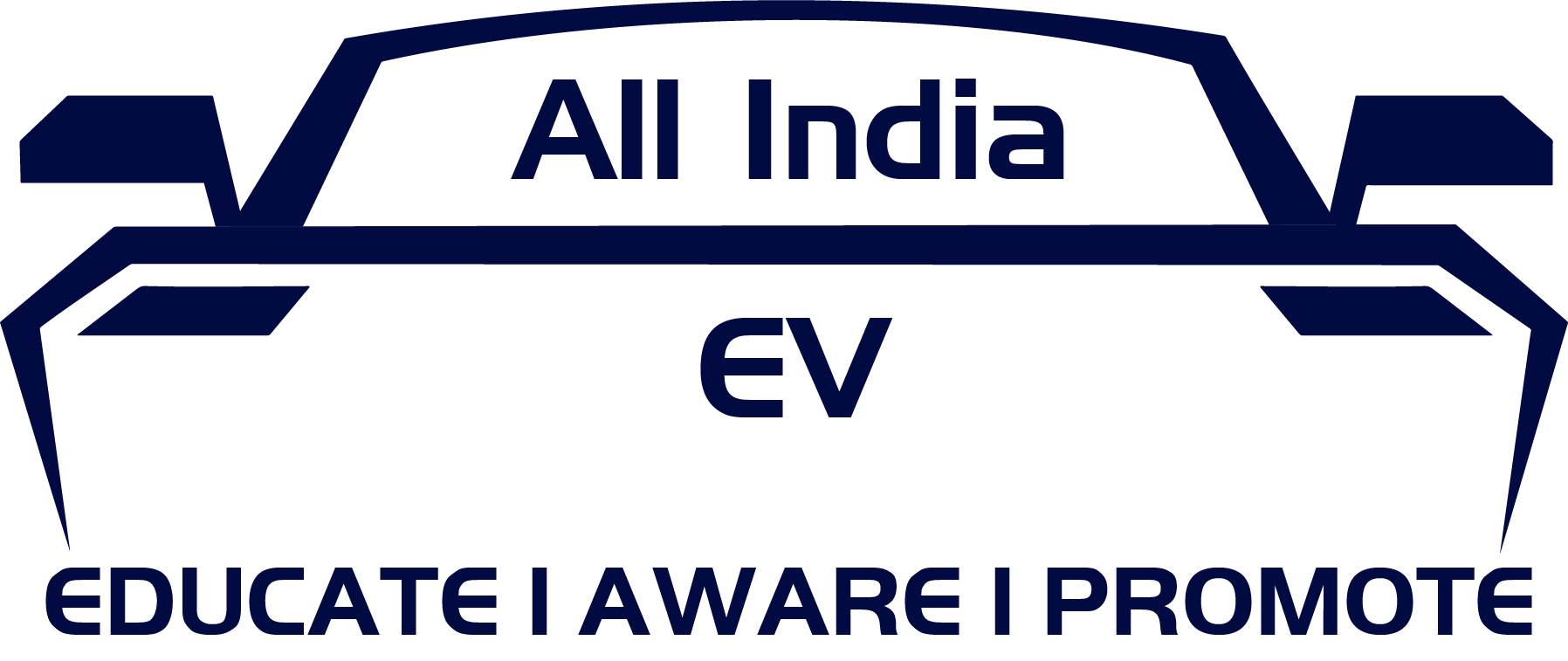Latest news
Second-Life EV Batteries: A Game Changer for India’s Energy Storage
Why Manufacture New Batteries When Second-Life EV Batteries Are...
OMCs add 10,000+ EV charging stations in FY25
Indian Oil Marketing Companies added 10,000+ EV charging stations...
Why EV Battery Prices Are Falling and What It Means for India’s EV Future
Why EV Battery Prices Are Falling and What It...
Popular news
Second-Life EV Batteries: A Game Changer for India’s Energy Storage
Why Manufacture New Batteries When Second-Life EV Batteries Are...
OMCs add 10,000+ EV charging stations in FY25
Indian Oil Marketing Companies added 10,000+ EV charging stations...
Why EV Battery Prices Are Falling and What It Means for India’s EV Future
Why EV Battery Prices Are Falling and What It...
© 2024. All Rights Reserved with "The Energy Log"

